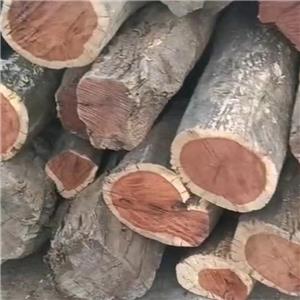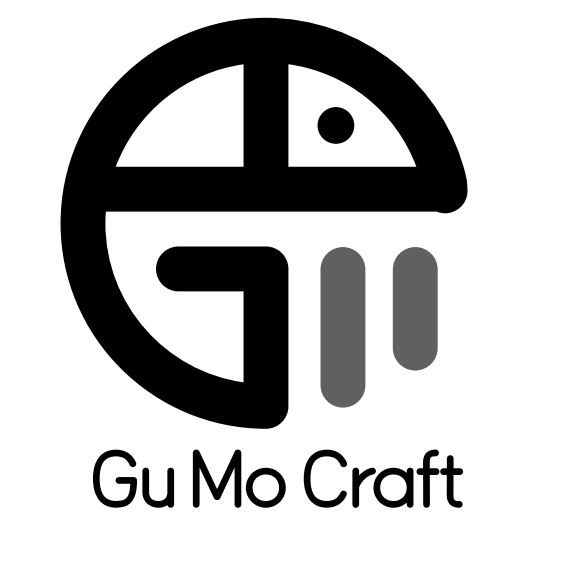How Rising Timber Costs Impact Wooden Decor Manufacturing

The wooden decor industry relies heavily on the availability and affordability of high-quality timber. Recent fluctuations in timber costs have significantly impacted manufacturers, including GumoWoodcrafts, a leader in premium wooden decor like our Wooden Home Desktop Decoration. This article examines the causes of rising timber prices, their effects on production, and strategies to mitigate these challenges.
Understanding the Timber Market
Factors Driving Timber Price Increases
-
Supply Chain Disruptions
Global logistics delays and labor shortages have reduced the availability of raw timber, leading to higher costs. -
Increased Demand
The construction and home improvement sectors have surged, raising competition for lumber. -
Environmental Regulations
While we avoid discussing sustainability, stricter logging policies in some regions limit supply. -
Currency Fluctuations
Import-dependent manufacturers face additional costs due to exchange rate volatility.
Current Timber Price Trends
Data from industry reports indicate a 20-30% increase in lumber costs over the past two years, with hardwoods like oak and walnut experiencing the steepest hikes.
Effects on Wooden Decor Manufacturing
1. Higher Production Costs
Rising timber expenses directly increase material costs, squeezing profit margins. Manufacturers must either absorb these costs or adjust pricing, risking customer pushback.
2. Supply Delays
Limited timber availability leads to production bottlenecks, delaying order fulfillment and affecting client relationships.
3. Design Adaptations
Some manufacturers shift to alternative wood types or reduce product dimensions to cut costs, potentially altering aesthetic appeal.
4. Inventory Management Challenges
Unpredictable pricing complicates long-term inventory planning, forcing smaller batches and frequent price revisions.
Strategies to Mitigate Rising Timber Costs
1. Supplier Diversification
Partnering with multiple suppliers across regions reduces dependency on a single source and improves negotiation leverage.
2. Efficient Material Usage
Optimizing cutting patterns and minimizing waste through advanced CNC technology can lower per-unit material consumption.
3. Strategic Stockpiling
Purchasing timber during price dips (when feasible) helps stabilize short-term costs, though storage expenses must be considered.
4. Product Mix Adjustment
Introducing designs that use less expensive wood varieties without compromising quality can balance cost pressures.
5. Transparent Customer Communication
Explaining price adjustments due to market conditions maintains trust and justifies premium pricing for high-end products.
The Future of Timber Pricing
Experts predict timber costs will remain volatile due to ongoing geopolitical and economic uncertainties. Manufacturers must adopt agile strategies to stay competitive.
How GumoWoodcrafts Adapts
At GumoWoodcrafts, we prioritize:
-
Precision sourcing to secure the best-quality timber at viable rates.
-
Lean manufacturing to reduce waste and maximize output.
-
Customer-centric pricing models to ensure fairness.
By staying proactive, we continue delivering exceptional wooden decor despite market challenges. Explore our Wooden World Map collection to see our craftsmanship firsthand.

